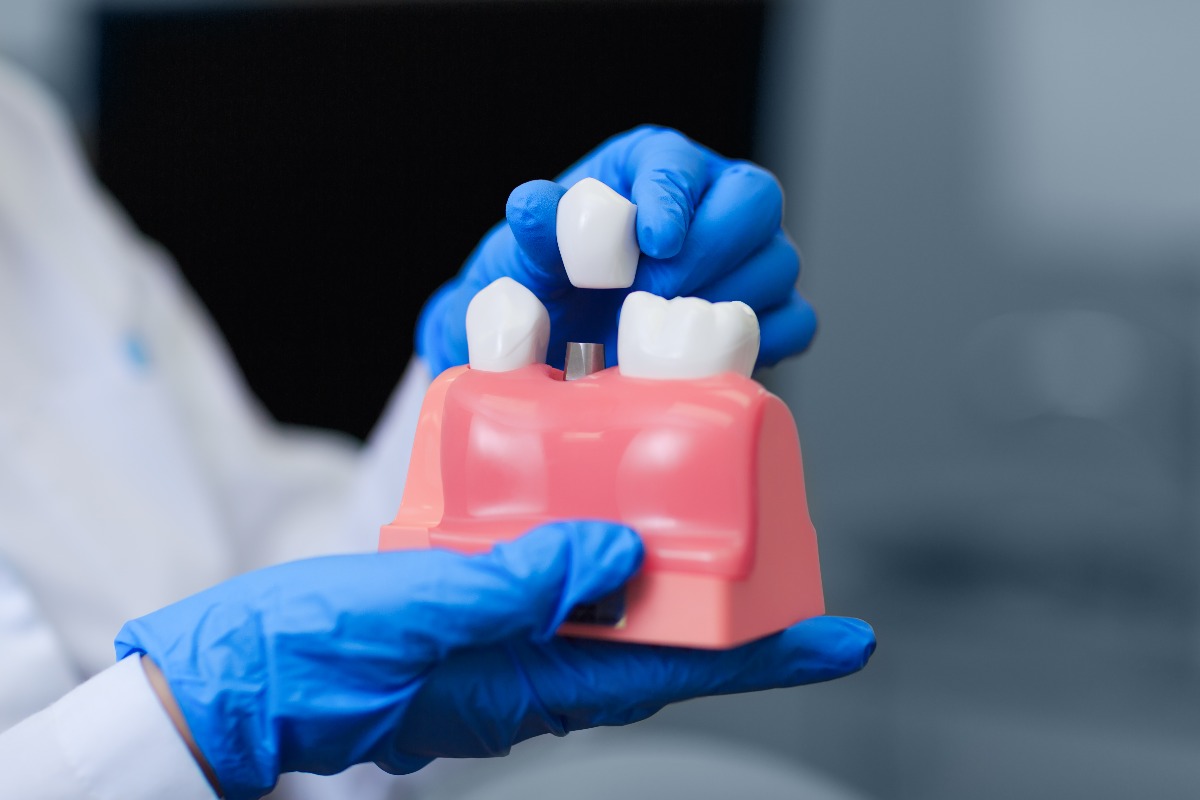Losing one or more of your teeth whether due to natural causes or trauma is never a positive experience and the loss of a tooth or teeth can affect both your dental and general health. For example, the loss of a tooth can mean that your remaining teeth can shift position, which can in turn affect your entire bite. Tooth loss can also increase your difficulty in chewing, and the result of not chewing your food properly can be issues with digestion and acid reflux. The shape and structure of your face can also be affected by the loss of a tooth and your face can look sunken and aged if the tooth is not replaced.
For these reasons, it is important that missing teeth are replaced to reduce the risk of problems which may affect your quality of life. Thankfully there are now solutions in the form of restorative dentistry that can help to restore both your smile and confidence and one of these solutions is dental implants Windsor.
How do dental implants work?
A safe and long-lasting solution for missing teeth, dental implants consist of a two step process which uses a screw usually made out of titanium and either a crown, bridge or dentures.
In order to have dental implants, one of the requirements is that you should have both healthy gums and a healthy jawbone. If you have gum disease, it will be recommended that you have this treated before starting dental implant treatment.

If you have been dealing with bone loss, it may also be recommended that you undergo bone grafting in order to strengthen your bone in preparation for dental implants. Bone grafting involves taking bone from another part of your body which is then grafted onto your existing jawbone. The benefit of this procedure is that it helps to strengthen the jawbone and provides a stable foundation for the dental implant.
Under a local anaesthetic the implant is placed into the jawbone using a minor surgical procedure. It is also important that the implant is placed under sterile conditions to avoid any chance of infection. After this, you will be asked to return to the practice after eight to twelve weeks in order for the implant to fuse to the jawbone and heal properly.
Once this has been done impressions are taken which are then sent to dental laboratory technicians in order for your replacement prosthetic to be made, normally a dental crown. Once this has been made you will be invited back to the practice to have it fitted.
Can I have dental implants for more than one missing tooth?
As well as having dental implants to replace one missing tooth, if you have several missing teeth in a row, multiple teeth can also be replaced using either individual implants or by using two or more implants to support prosthetics.
There is also the option to have a bridge fixed to your jaw using dental implants. The main purpose of a bridge is to ‘bridge’ the gap which has been left by a missing tooth. This is for individuals who are in need of a more extensive restoration.
